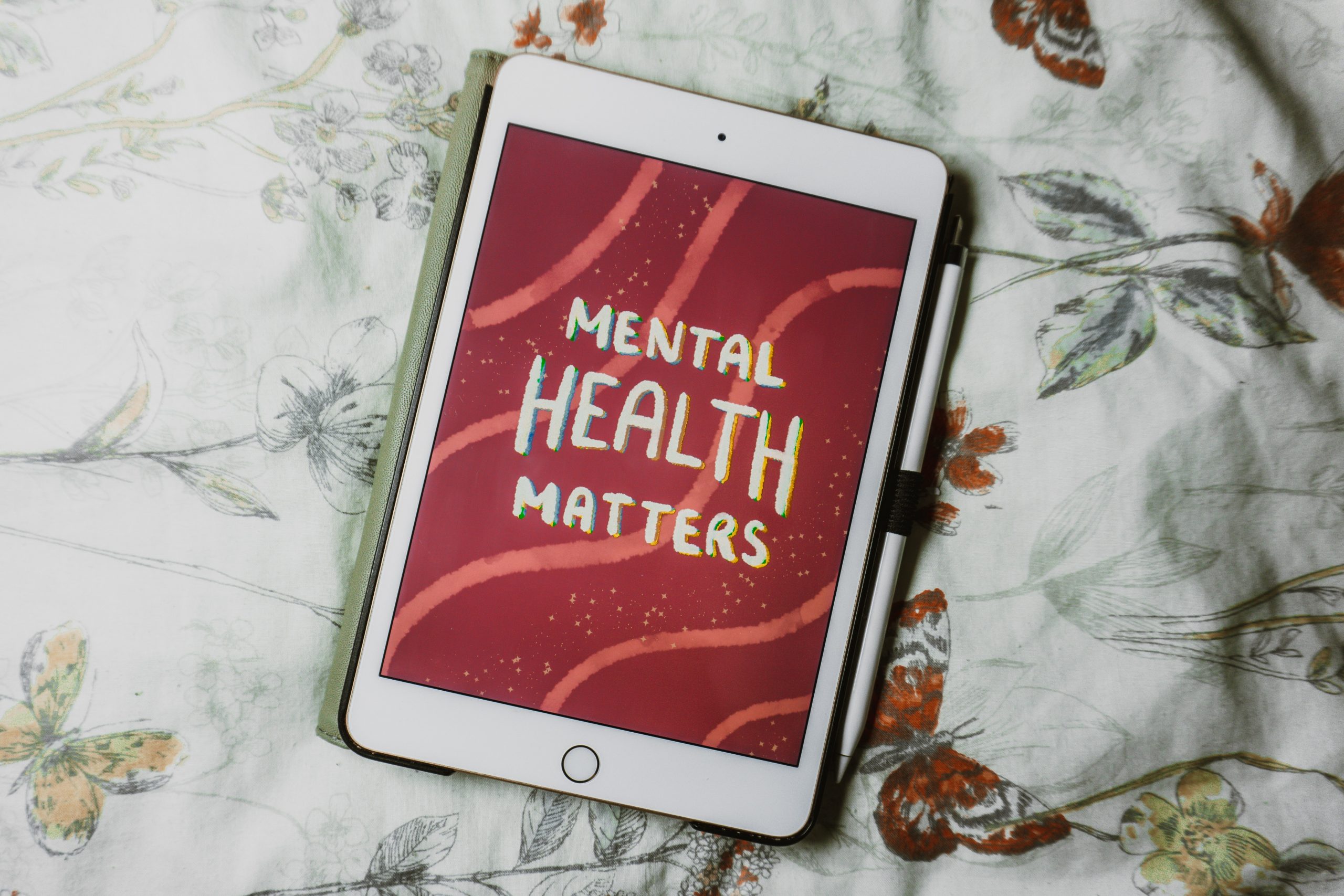DESPITE THE IMPORTANCE OF NURTURING A POSITIVE WORKPLACE ENVIRONMENT AND A RESILIENT WORKFORCE, ONLY 27 PERCENT OF BUSINESSES ARE CURRENTLY DEALING WITH MENTAL HEALTH ISSUES, TO SUPPORT THE HEALTH AND SECURITY OF EMPLOYEES(1). GOING FROM ONE CRISIS TO THE NEXT, EMPHASIS IS OFTEN ON MANAGING OPERATIONS, RATHER THAN MANAGING PEOPLE.
Mental health conditions increased by more than 25 percent during the pandemic illustrating the serious impact of external factors on wellbeing(2). Once the stress of living and working in permacrisis mode is recognised, business leaders can focus on mitigating risks, reducing stress levels and alleviating some of the worries employees may have, overall protecting their mental health. Addressing these issues head on, as HR departments are increasingly striving to do, is not something that can be done effectively after a crisis hits. That could be too late and unhelpful for employees. Instead, workforce wellbeing considerations should be included in crisis management planning ahead of an emergency. Identifying potential future hazards and which individuals or groups may be most vulnerable to them reduces the strain on employees trying to maintain productivity during prolonged periods of high stress. Developing budgets for crisis management, communication plans and an appropriate crisis response team can all help ensure that affected communities have all the support they need to keep themselves safe in periods of uncertainty. To best protect the mental health of a workforce, collaboration is key.
Developing a supportive and constructive culture within a workforce requires encouraging employee awareness of mental health in parallel with educating managers on responding effectively to emergency situations. Maintaining a dynamic approach helps to tackle any mental health stigma and avoids crisis fatigue, which is vital considering the state of perma-crisis organisations are working through. Ensuring HR directors have a role within crisis management teams brings together expertise across a company. It means a culture of collaboration is encouraged and mitigating any crises that emerge remains a team effort. HR directors are particularly important for creating closer ties among different departments as they represent the wider workforce, advocating for the needs of employees across the organisation.
It is important that businesses can identify which aspects of their crisis management plans may be lacking certain mental health considerations in order to make the relevant corrections. Businesses must maintain an objective view of their current approaches and understand the new directions they can move in to improve. Here, gap analysis can assess an organisation’s current approach to crisis and risk management and outlines company-specific recommendations to minimise the risks posed to employees and assets.
The consequences of the Ukraine conflict are affecting people either directly, through acute psychological distress caused by close proximity, or indirectly, perhaps in the form of wider feelings of fatigue or hopelessness. Sustaining high productivity during these lasting periods of stress requires workforce resilience and this cannot be developed without sufficient mental health protections. Working with intelligence experts who can monitor trends in social unrest and anticipate likely impacts means businesses can understand their organisational risk profile and vulnerabilities to geopolitical shifts, like in Ukraine. This foresight is vital since it has been estimated that the cost of poor mental health and lost productivity to the global economy will remain high and reach US$6 trillion in 2030(3) .
REFERENCES
1. According to the International SOS Risk Outlook Report 2023
2. WHO 2022
3. International SOS Risk Outlook Report 2023
FOR FURTHER INFO WWW.INTERNATIONALSOS.COM
Read the latest issue and more enlightening articles for free by clicking HERE.
Or you can subscribe to our publication monthly in PRINT & DIGITAL.
When you subscribe you will also be helping SANDS, saving babies’ lives. Supporting bereaved families.









